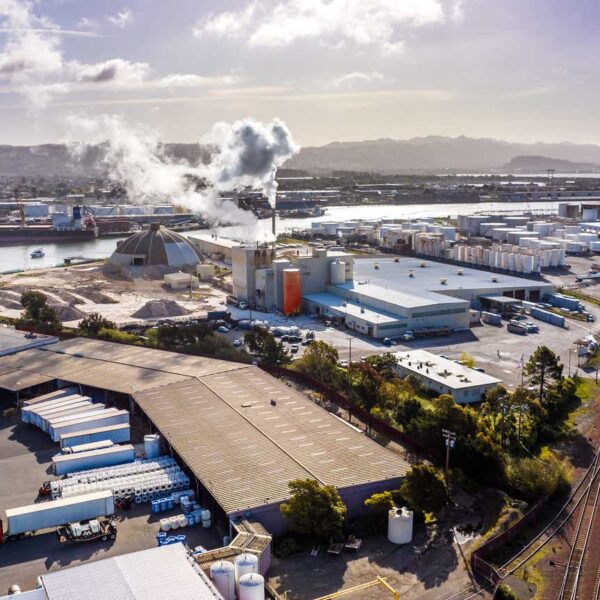- Consensus estimate +140K
- Estimate range +70K (Citi) to +220K (Jeffries)
- August was +142K
- Private consensus +125K versus +118K prior
- Unemployment rate consensus estimate 4.2% versus 4.2% prior
- Prior participation rate 62.7%
- Prior underemployment U6 7.9%
- Avg hourly earnings y/y exp +3.8% versus +3.8% prior
- Avg hourly earnings m/m exp +0.3% versus +0.4% prior
- Avg weekly hours exp 34.3 versus 34.3 prior
Numbers released so far this month:
- ADP report +143K versus +99K prior — this was a three-and-a-half year low
- ISM services employment 48.1 vs 50.2 prior (weak but first back-to-back reading above 50 since late-2023)
- ISM manufacturing employment 43.9 versus 47.1 prior
- Challenger job cuts 72,821 versus 75,891K prior — highest two-month period since 2009 (excluding pandemic)
- Philly employment +10.7 versus -5.7 prior
- Empire employment -5.7 versus -6.7 prior
- Initial jobless claims survey week 220K versus 233K prior (lowest reading in survey week since May)
The seasonals are negative with the headline missing 69% of the time and beating 31% of the time, by 92K and 60K respective, according to BMO. However 58% of unemployment rate readings have been lower than expected with 27% matching and 15% above.
The other question is how the market will react. I tend to think that the market is still too long USD but it’s also too long Treasuries. Yield have been climbing higher and a strong number might crush the talk of 50 bps (priced at 35% now). Keep in mind, there will be one subsequent non-farm payrolls report after this one and before the Nov 7 FOMC.
Given that dynamic, I could see USD/JPY particularly strong on a strong jobs report.
A weak headline might not have as large of an effect but a rise in the unemployment rate could, even just to 4.3%.
Overall, I don’t see a big edge or skew setting up ahead of the report outside of bonds.















